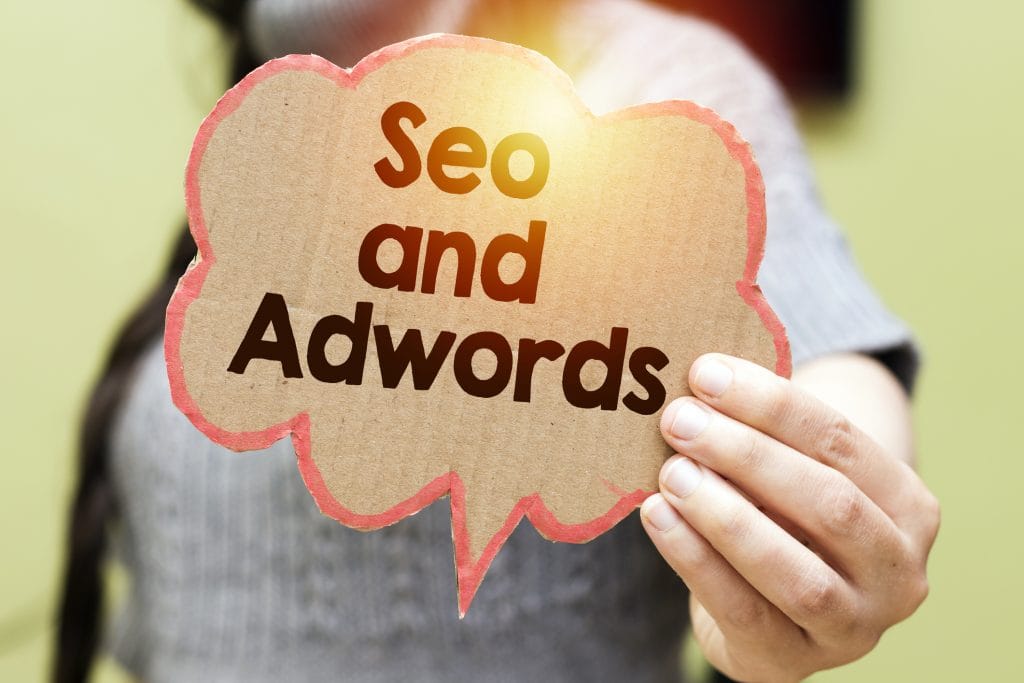Last month at Google Marketing Live, Google revealed updates for bidding controls in Google AdWords. Marketers should see those become available over the coming months as they roll out. Let’s take a closer look at what the new options are.
Overview
Set Conversions at Campaign Level
Until now, you’ve only been able to set conversion goals at the account level. Being able to set conversions at the campaign level allows you to fine-tune your approach. For instance, if you have campaigns where a download is the desired action, and other campaigns where requesting a demonstration is the conversion goal – it’s hard to track with the current setup. Once the new feature rolls out, you’ll be able to assign distinct goals to their corresponding campaigns, so you’ll be able to use conversion-based smart bidding strategies and have better conversion reporting.
You’ll also be able to group conversion actions into conversion action sets to apply at the campaign level.
Smart Bidding
Smart Bidding is a group of automated strategies that use machine learning to optimize for conversion or conversion value in all auctions. In order to use Smart Bidding, you must have conversion tracking enabled, unless you’re suing ECPC with Display campaigns. You have different ways to track conversions, so it’s important to be sure you’ve set up conversion tracking correctly for the type of conversion you want to track.
If you want to track things such as website purchases, button clicks, newsletter sign ups or any other website action, you must set up conversion tracking for your website.
If you want to track customer installs of your app, or in-app purchases, you must set up mobile app conversion tracking.
If you want to track phone calls, you’ll need to choose to track calls from ads, track calls to a phone number on your website, or track phone number clicks on a mobile website, depending on your needs. You can choose one or all of these options.
You can also set up conversion tracking for offline conversions such as phone calls after an ad you ran or visits to your store.
If you want to track multiple kinds of conversions, set up a different conversion action for each type of conversion you want to track. It’s also possible to set up multiple conversion actions for each source. For instance, you can set up an action to track purchases on your website, along with another one to track newsletter signups.
Google introduced the “maximize conversions” bidding strategy in 2017. Now, it’s expanding on that strategy to add “maximize conversion value.” The maximize conversions option aims to generate as many conversions as possible within your budget, the new strategy aims to optimize to get the greatest conversion value within the budget.
The available contextual signals to use with smart bidding are:
- Device
- Physical Location
- Location Intent
- Weekday and Time of Day
- Remarketing List
- Ad Characteristics
- Interface Language
- Browser
- Operating System
- Demographics (Search and Display)
- Search Network Partner (Search Only)
- Web Placement (Display Only)
- Site Behavior (Display Only)
- Product Attributes (Shopping Only)
- Mobile App Ratings (New Feature Coming Soon)
- Price Competitiveness (New Feature Coming Soon for Shopping)
- Seasonality (New Feature Coming Soon for Shopping – More Below)
Conversion Rule Values
Values will appear within the coming months to allow flexibility in assigning values to each of your conversion actions. You’ll be able to set the conversion value rules based on factors such as audience, location, and device.
Seasonality Adjustments with Smart Bidding
Current smart bidding strategies already aim to account for seasonal spikes in ad campaigns. But, smart bidding for shopping campaigns will add seasonality signals, as well as price competitiveness. Google will offer an option to fine tune seasonality adjustments in line with your own promotion calendar. This means you’ll be able to schedule adjustments as aligned with your promotions to address higher conversion volume.
We’ll first see seasonality adjustments roll out for Search and Display, and later this summer, we’ll see them become available for Shopping ads. This data informs Google’s conversions predictions model, so you’ll only have this option when you’re using conversion-based bidding strategies.
Why This Matters
Google AdWords still allows for manual bidding, but Google has been downplaying this ability for a while now. According to Google, more than 70% of their advertisers are now using automated bidding. In this case, Google is giving their users more controls. The new features are meant to allow advertisers to fine-tune based on their own goals when it comes to using smart bidding strategies.
Of all these updates, the campaign-level conversion settings are likely the most significant, but all of them offer increased flexibility so you can tailor your conversion and bidding strategies to your specific business objectives surrounding each of your campaigns.
While it may take a few months for all of the new features to roll out to all AdWords accounts, these additional features and controls give us greater flexibility to adjust PPC strategies as needed for our business goals. Ultimately, this allows for better use of budget and should provide a higher ROI for those who use it correctly.
If you’re interested in learning more about how you can use Google AdWords to grow your business, but would rather not administer the account yourself, let’s talk. The team here at Sachs Marketing Group specializes in running PPC campaigns so all you have to do is discuss what your goals are, and we handle the rest.
Contact us today to get the conversation started!










